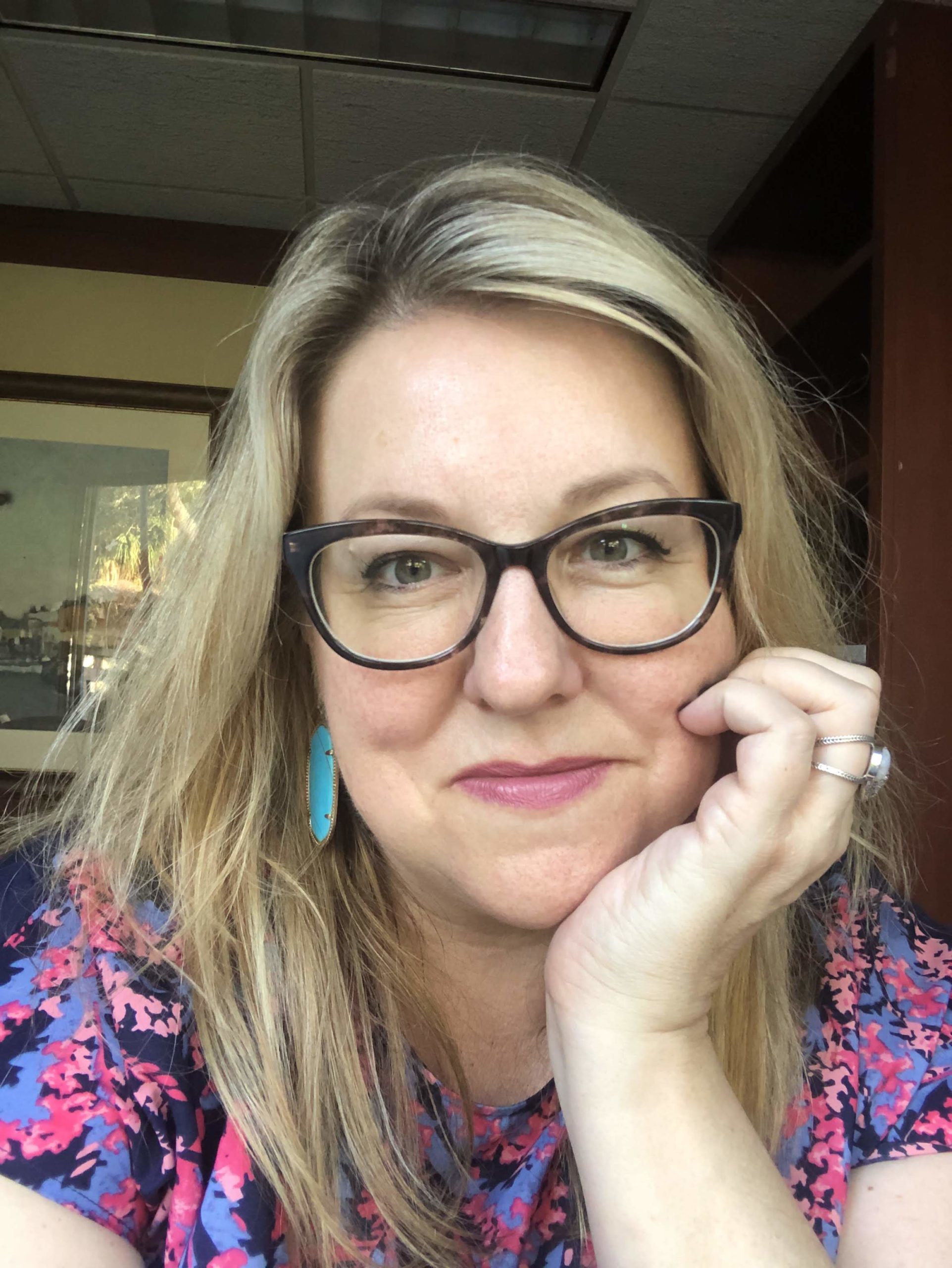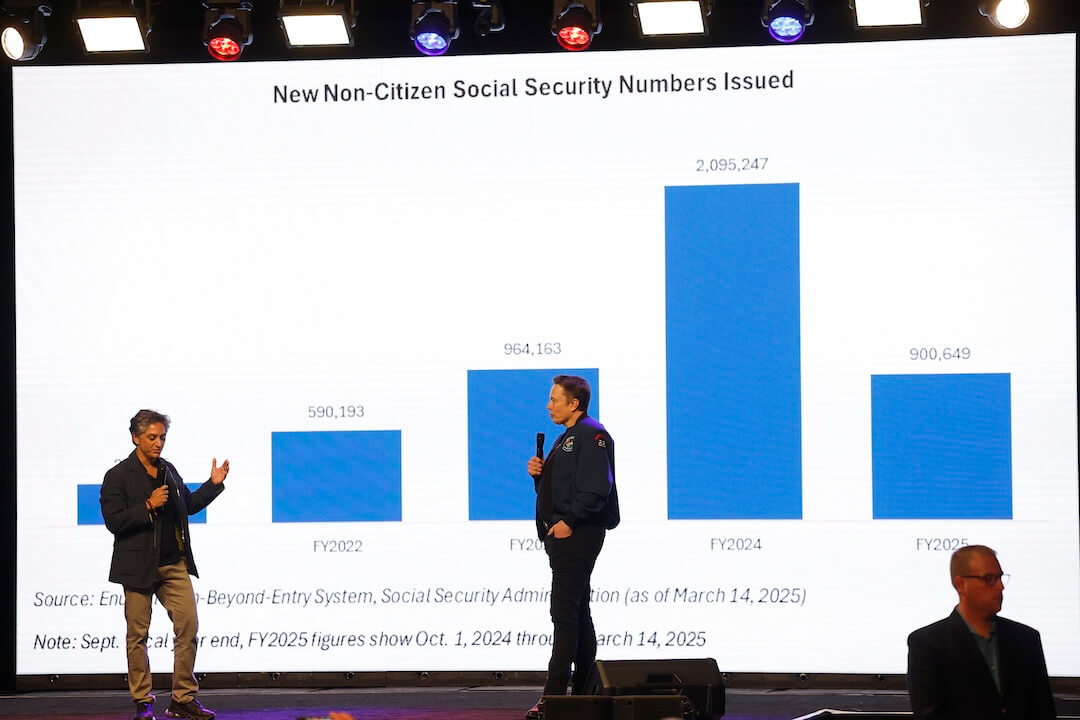Alma Matters is a Poynter newsletter designed to provide ideas, news and insight to those in the journalism education community. Subscribe here to get Alma Matters delivered to you.
This week has been an emotional roller coaster for educators, hasn’t it? (At the request of Japanese amusement park officials, though, I have been screaming through my heart, a rallying cry we might all agree on.)
Harvard is going remote? Georgia flips on face masks? International students could be deported for administrative decisions? Schools that don’t go back might face defunding? These are actually cakes?
For me, the ride really started with this Poynter piece from Robin Hoecker, an assistant professor at DePaul University in Chicago. Her words about her spring class experience, paired with photos from her students, brought home the crushing, mind-numbing despair and isolation that she and her students are facing. I know you feel it, too — a growing blob of anxiety about what the impending fall semester holds for your health, your ability to connect with young minds, your financial well-being.
But we’re not a community prone to giving up, and that was reinforced for me midweek by a gathering of 350 or so journalism educators for our annual Teachapalooza, this year hosted virtually at Poynter.
I was buoyed by the good vibes and comradery generated by this gathering. Seeing so many journalism professors, advisers and administrators in one place (OK, on one computer screen) seemed to do all of us a lot of good. If you couldn’t be there, we have a Teachapalooza Facebook page in which folks post a lot of helpful information (including class assignments, syllabi and PowerPoints) and answer peer questions. You don’t have to have attended Teacha to join. A replay of the sessions and tip sheets will be available soon (I’ll pass them along when they’re ready), but for now here’s just a taste of tips and ideas from the speakers, the attendees and the hosts.
- Professors discussed Kahoot for fast, less cheatable quizzes.
- VoiceThread came up as a useful technology.
- Other professors lauded Pear Deck as a good tool for building more effective presentations.
- NPR TV critic Eric Deggans recommended a few books (and I’ll recommend his, “Race-Baiter: How the Media Wields Dangerous Words to Divide a Nation”) including “Me and White Supremacy” by Layla F. Saad.
- One professor said she’s started calling her office hours “student hours,” while another said she refers to her time with students as Help Desk Hours. One other said if there’s nothing to discuss during office hours, she takes the time to go over resumes with her students.
- A University of Delaware instructor said she stays after her synchronous sessions to simply chat with remaining students about their lives.
- A University of Kansas attendee has her students complete a personality assessment, then asks students to discuss their findings (and she learns about their areas for potential success as well).
- Slack has proven to be a great way for connecting some classrooms. (Slack has a robust free version if your organization isn’t already using it.)
- One professor suggested small Zoom “study groups” to provide students some synchronous time with other students (and minimal prying professorial eyes).
Meanwhile, over on the Facebook page:
- Steve Fox from the University of Massachusetts Amherst shared his netiquette presentation.
- Dan Close of Wichita State University offered up his Death and Dying assignment.
- Peg Achterman has this exercise on interviewing.
- And of course, the slide of the day, from a presentation by the University of Georgia’s Mark E. Johnson:
 (I guess you kinda had to be there.)
(I guess you kinda had to be there.)
How can we help students now?
One of the themes I heard at Teachapalooza (and reinforced by Hoecker’s piece) was the sense of responsibility and helplessness that professors and advisers are feeling as part of their students’ support network. Trying to look away from the usual suspects, I found these two tip sheets from the Institute for Disaster Mental Health: COVID-19: Managing Stress in this Anxious Time and Coping as the Pandemic Continues. They include some concrete advice that you can use to informally counsel your students, like “Find things you can enjoy and appreciate every day, rather than just waiting for happiness at the end of the outbreak.”
Turning over stones
Before the July 4 holiday, Investigative Reporters and Editors partnered with the Education Writers Association to offer the webinar “Investigative angles on education stories in the COVID-19 era.” You can see a recording here, and here’s the tip sheet. There’s a lot of great potential localization ideas for class assignments and projects, and for student media.
Two ideas from the tip sheet:
- “Tawnell Hobbs of The Wall Street Journal suggests also looking at the cost of reopening schools. Some of those costs will include: masks/face shields; hand sanitizer; cleaning supplies and services … academic support and credit recovery and mental health care. With many of these costs, there will be a contract. Request contracts to see what kind of deals school districts are making and how long they are locking themselves into a contract.”
- “When investigating their own universities this fall, student journalists should focus on topics like enrollment: How many students are returning? Will a large number of students switch to community college? How much money will it cost for universities to fill their classes? Pay close attention to international students as well. President Trump recently expanded immigration restrictions, so keep an eye on how many international students do not return.”
News of note
- You guys. How cool is this? The Daily Pennsylvanian is mapping colleges’ plans for the fall. Credit goes to Pia Singh, summer senior news editor, and Jonah Charlton, summer news editor.
- Also for data nerds, or those who just love the smell of a good story being unearthed … ProPublica this week released a database of all the organizations that were approved for PPP loans. A search of your college town/area’s ZIP code(s) will reveal a list of who got the loans and for how much (not to the dollar, but an estimate). I tried it with my old school and was wowed by the number of familiar names and brands.
- Taylor Blatchford writes for ONA: What student newsrooms can teach the journalism industry. (Blatchford writes Poynter’s newsletter for student journalists, The Lead, which is awesome and your students should read it. Sign up here.)
A parting thought
Hang in there. Read up on resiliency, for yourself and your students. Like I recommended above, don’t wait until “this is all over” to find something to enjoy today, and tomorrow, and the next day (like watching this 4-year-old who really gets me). We’re all in this together, and I’m thinking about you.
Barbara Allen is the director of college programming. She can be reached at ballen@poynter.org or on Twitter, @barbara_allen_







